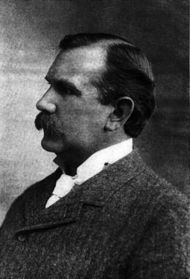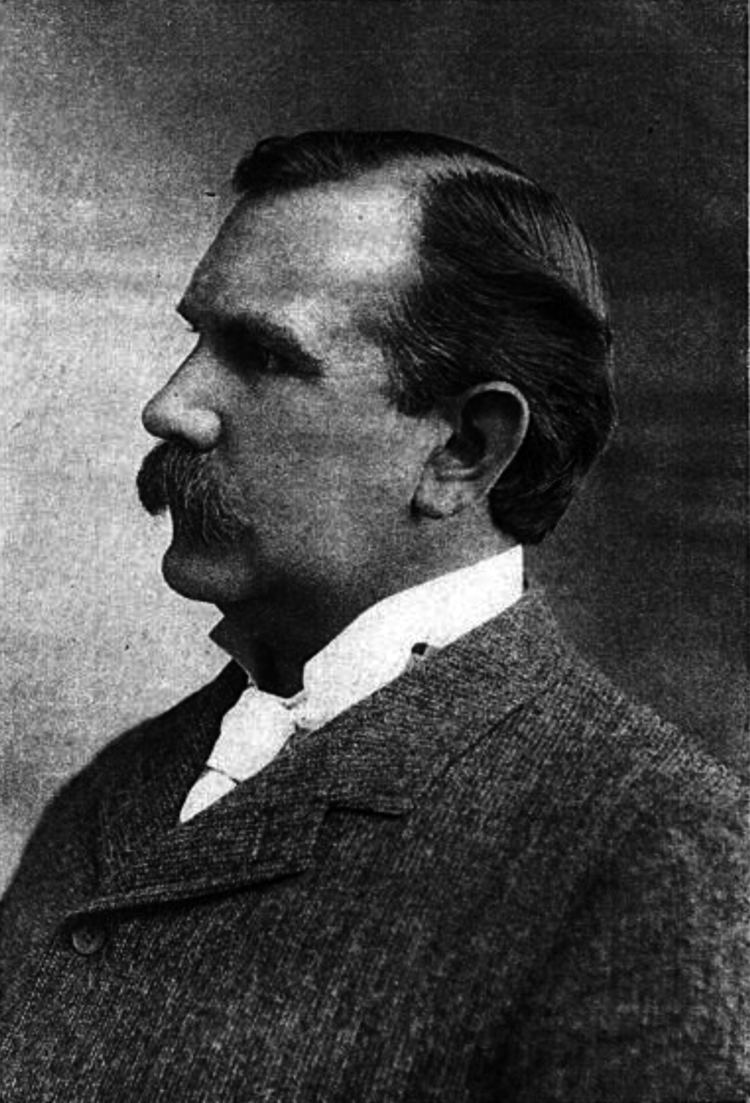Name Charles Cory Role Golfer | ||
 | ||
Books Montezuma's castle and other weir, A naturalist in the Magdale, How to Know the Shore Bir, Hunting and fishing in Florida, Hunting and Fishing in | ||
Montezuma s castle and other weird tales full audiobook by charles b cory
Charles Cory redirects here. For those of a similar name, see Charles Corey (disambiguation)
Contents
- Montezuma s castle and other weird tales full audiobook by charles b cory
- A Dream Charles B Cory J C Bartlett Enrico Caruso Tenor with orchestra In English
- Biography
- Works
- References

Charles Barney Cory (January 31, 1857 – July 31, 1921) was an American ornithologist and golfer.

A Dream ( Charles B. Cory - J. C. Bartlett ) Enrico Caruso Tenor with orchestra In English
Biography
Cory was born in Boston. His father had made a fortune from a large import business, ensuring that his son never had to work. At the age of sixteen Cory developed an interest in ornithology and began a skin collection. Due to his ability to travel anywhere he wished, this soon became the best collection of birds of the Caribbean and the Gulf of Mexico in existence.
In February 1876, the nineteen year old Cory was elected a member of Nuttall Ornithological Club, America's first ornithological organization. It was here that he met the leading ornithologists of Massachusetts at the time, such as William Brewster, Henry Henshaw, Ruthven Deane, Charles Johnson Maynard, with Joel Asaph Allen soon to join as well.
Starting in 1876, he briefly attended Harvard and the Boston University School of Law but soon left to continue his travelling. In 1877, he went collecting in Florida, followed by a trip to the Magdalen Islands in 1878, and another to the Bahamas the next year. In 1880, he collected in Europe, and then he returned to the West Indies in 1881.
In 1883, he was one of the forty-eight ornithologists invited to become founders of the American Ornithologists' Union and one of those who attended the founding convention in New York City. The next year he visited the Dakota Territory and Montana with his friend, Martin A. Ryerson, to collect specimen. The rest of the 1880s saw him in Cuba, Mexico, and Canada.
In 1887, Cory was made the curator of birds at the Boston Society of Natural History. When Cory's collection of 19,000 bird specimens became too large to keep in his house he donated them to The Field Museum in Chicago, and he was given the position of Curator of Ornithology. Cory's collection of 600 ornithological volumes were purchased by Edward E. Ayer in 1894, and in turn donated to the museum. Cory lost his entire fortune in 1906, and took a salaried position at the museum as Curator of Zoology, remaining there for the rest of his life. Cory made routine collecting trips in Florida and the West Indies. He sometimes financed trips for other naturalists.
Cory was a director in many corporations.
Cory wrote many books, including The Birds of Haiti and San Domingo (1885), The Birds of the West Indies (1889) and The Birds of Illinois and Wisconsin (1909). His last major work was the four-part Catalogue of the Birds of the Americas, which was completed after his death by Carl Edward Hellmayr.
Cory was the first person to describe Cory's shearwater as a species. It had previously been described by Giovanni Antonio Scopoli in 1769, but he had believed it to be a race of another shearwater.
Cory participated in the 1904 Summer Olympics as a golfer. He competed in the individual event but did not finish.
